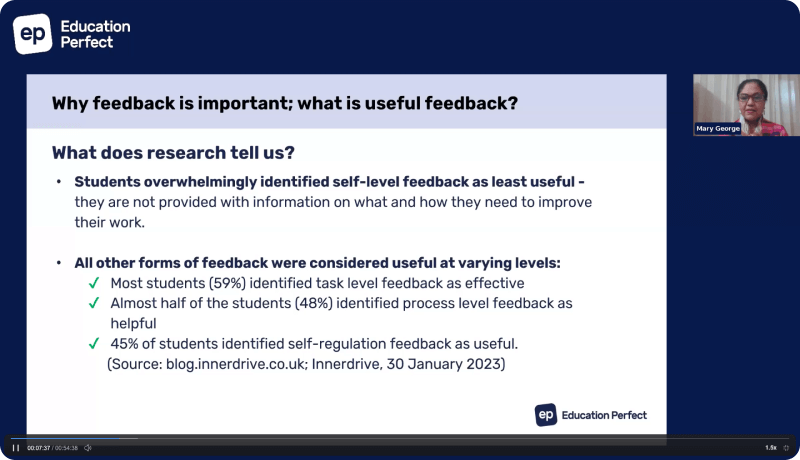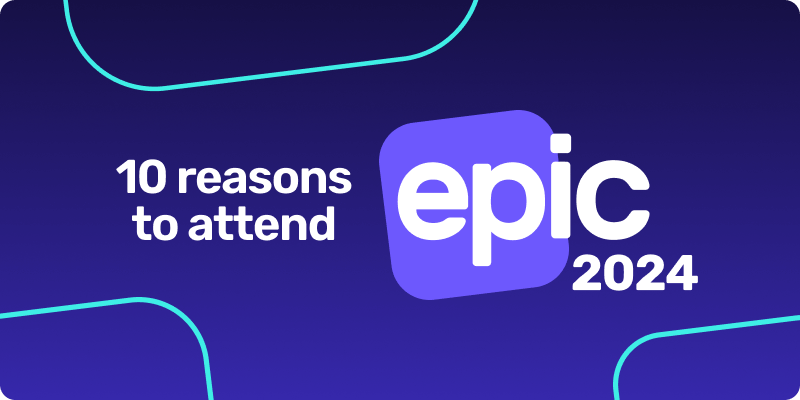How to nurture indigenous languages in a school community

The United Nations declared 2019 to be the Year of Indigenous Languages. The purpose of this was threefold: to raise awareness of indigenous languages around the world, to benefit the speakers of these languages, and to highlight to others the important contribution they make to the world’s rich cultural diversity.
As a languages teacher, I have a deep passion for languages worldwide and believe that they are the connecting thread for the fabric of our society. According to the official website of the UN Year of Indigenous languages:
- There are 7000 languages spoken worldwide
- There are 370 million indigenous people in the world
- There are 90 countries with indigenous communities
- There are 5000 different indigenous cultures
- There are 2680 languages in danger
In order to celebrate 2019 as the Year of Indigenous Languages, many initiatives and events have taken place around the world such as conferences and panel discussions, film festivals, concerts and even workshops focussing on the digitalisation of languages to help maintain and preserve these languages.
In this article we will explore some school-wide initiatives for promoting awareness and understanding of indigenous languages and cultures and also for supporting the needs of indigenous students in our school communities. Here is a summary of some ideas published by the Alaska Native Knowledge Network:
- Make effective use of local expertise, as co-teachers, whenever local language and cultural knowledge is being addressed in the curriculum. Also use this local expertise to acquire a comprehensive understanding of all aspects of the local, regional and statewide context in which the students live, particularly as it relates to the well-being and survival of the local culture.
- Make use of locally-produced resource materials in the local language (reports, videos, maps, books, tribal documents, etc.) in all subject areas.
- Recognise and validate all aspects of the knowledge students bring with them and assist them in their ongoing quest for personal and cultural affirmation.
- Set aside special times and places where students can come and practise their language skills in an immersion environment. This could be a great place for others to come and learn too, even if they are not native speakers of a language.
- Provide an in-depth cultural and language orientation programme for all new teachers and administrators.
- Make use of online resources which offer activities to help students learn indigenous languages. These can be used school-wide even if there are no timetabled classes for this. It might be something you focus on in a form class or homeroom setting. You could run some school-wide events to promote the use of such programmes, for example, competitions.
How can indigenous languages be incorporated into individual subject areas? To get you started, I’ve picked the brains of some of the subject experts on our team for some ideas.
Alexander, our Maths team manager, suggested using diverse cultural contexts for meaningful problem solving questions. A couple of examples he gave, in the NZ context, were designing marae using algebraic equations or measuring shapes and using combinatorics to count the number of hongi in a pōwhiri. In the Australian context, you could incorporate Aboriginal Australian art into geometric problems, and also into interpreting maps in the position and orientation topic. In addition to this you might explore some of the different number systems of different indigenous language groups.
In English literature classes, you might use novels, poetry and short stories that are written by native authors and make reference to indigenous cultures. Poppy, one of our English experts, gave an example of using a variety of texts and resources focusing on the history, stories and communities of the Aboriginal people and Torres Strait Islander people of Australia in a wide reading context, where students are required to read and respond to the various texts provided.
In Science, astronomy forms the foundation for many aspects of different indigenous cultures, so you could look at how astronomical knowledge is linked to the indigenous language and culture of a country. Louise, one of our Science experts, suggests in the New Zealand context, looking at Matariki and its relation to the Māori calendar and seasons, and in the Australian context, you could look at how different indigenous people use constellations for navigation and marking the seasons. It might also be interesting to look at some of the scientific accomplishments of people belonging to a particular indigenous culture and celebrate these. With all the scientific vocabulary that is required in Science, you might also provide this for the students in the local indigenous language and require them to learn and use some of this vocabulary. This is something that could also be done across subjects.
These are just a few ideas for things you might do to help promote and support indigenous languages and cultures across your school community. Although we are nearing the end of 2019, when this has been a worldwide focus, I hope that these ideas will remain relevant beyond this year and that it becomes something that is embedded in our school communities.
How does your school community encourage and support indigenous languages? I would love to hear your ideas.




